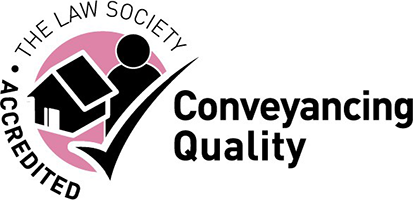Commercial property expert, Anna Duffy discusses dilapidations and eight important factors to consider when leasing commercial premises…
What are Dilapidations?
Dilapidations refer to “breaches of lease covenants that relate to the condition of a property during the term of the tenancy or when the lease ends.” – RICS
Leasing commercial premises brings with it a responsibility for the tenant to keep them in good condition and repair throughout the length of the lease, and to return them to the landlord in that condition at the end of the lease.
If the landlord is unable to let the property at the end of the contract, due to the tenant having failed to comply with its repairing obligations, then the tenant may face a claim from the landlord for a breach of contract.
Repairing obligations, despite being a continuing one, will probably be enforced by the landlord only at the end of the lease. A landlord will serve a schedule of dilapidations on its tenant, which will list the works they consider necessary to put the premises into good condition and repair. The tenant will be asked to either carry out those works or to pay the landlord the total cost of the works required in compensation for the tenant’s breach of the repairing obligation.
If the tenant does not agree with the extent of the works for which the landlord thinks he is liable – for legal or factual reasons – or their cost, then the parties can negotiate.
Important factors to consider when leasing commercial premises…
- Latent and Inherent defects are generally defects in the construction of the premises but if not excluded then a tenant could be liable for such.
- A Schedule of Condition should be agreed before entering into the lease.
- A tenant should make provision for an ongoing maintenance scheme throughout the lease.
- A tenant should check the position before the lease expires giving sufficient time to complete the works.
- Make sure the condition of the premises actually reflects the condition in which they were handed over by the landlord/accepted by the tenant under the lease.
- If a tenant alters the lease to accommodate its occupation – for example, fit out the premises – then the landlord will normally require them to be removed at the end of the lease.
- Section 18 (1) of the Landlord and Tenant Act, 1927 provides that a tenant’s liability for dilapidations is capped by the reduction in the capital value of the premises caused by the dilapidations.
- A tenant may choose to do the dilapidation works itself before lease expiry to maintain the costs. A landlord’s intentions may have an effect on the extent of the tenant’s liability if for example the new in-going tenant is completing a new fit out.
DTM are experienced in advising both landlords and tenants in respect of dilapidations – for further information please contact commercial property expert, Anna Duffy on t: 0151 230 1219 or e:anna.duffy@dtmlegal.com
Click here to meet the property team.

Anna Duffy Head of Commercial Property






